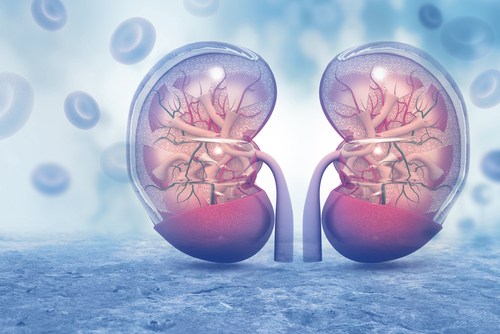Scleroderma Patients with Renal Disease Live Longer After Kidney Transplant, Study Finds

A European Union study found that patients with end-stage renal disease (ESRD) due to scleroderma who undergo a kidney transplant have a greater chance of surviving for five years or more, compared to those who receive renal replacement therapy (RRT) only — a treatment involving dialysis, which consists of long-term blood-filtration interventions.
The study, “Characteristics and Outcomes of Patients With Systemic Sclerosis (Scleroderma) Requiring Renal Replacement Therapy in Europe: Results From the ERA-EDTA Registry,” was published in the American Journal of Kidney Diseases.
The research included data from 342 patients with scleroderma and end-stage renal disease registered at the European Renal Association-European Dialysis and Transplant Association (ERA-EDTA) Registry — a registry of patients undergoing dialysis and kidney transplants in the E.U.
Data between 2002 and 2013 were analyzed.
Results showed that less than one person per million in the E.U. received dialysis for ESRD due to scleroderma (0.73 to 0.95 per million, respectively) during the study period. Of these, 57 patients received a kidney transplant.
The likelihood of five-year survival from day 91 of renal replacement therapy among patients with scleroderma was 38.9%, whereas the five-year post-transplant patient survival was 88.2%.
Regarding RRT for end-stage renal disease due to other diseases, the five-year survival rate after day 91 of dialysis was 46.0% in patients with end-stage renal disease due to diabetes, and 63.6% for other primary kidney diseases, suggesting that patients with ESRD due to scleroderma had a worse survival rate.
“Survival of patients with scleroderma receiving RRT is worse than that of patients with ESRD due to diabetes or other primary kidney diseases,” the researchers wrote.
“Although limited by a relatively low number of patients, our results suggest that kidney transplantation may be a sound therapeutic option in some patients with ESRD due to scleroderma because graft and patient survival rates in this study were comparable with other nondiabetic causes of ESRD,” they added.
Although kidney function can return to normal in some patients who receive RRT — in this study group, 7.6% of the scleroderma patients recovered an independent kidney function — the team suggested that kidney transplant is recommended for some patients who do not have other significant health conditions.
This is, however, only valid after their kidneys have had the chance to recover on RRT alone.
“Our findings support the use of kidney transplantation in at least some patients with scleroderma, preferably those without major extrarenal complications, although transplantation should be delayed due to the mentioned chance of renal recovery,” the team concluded.






